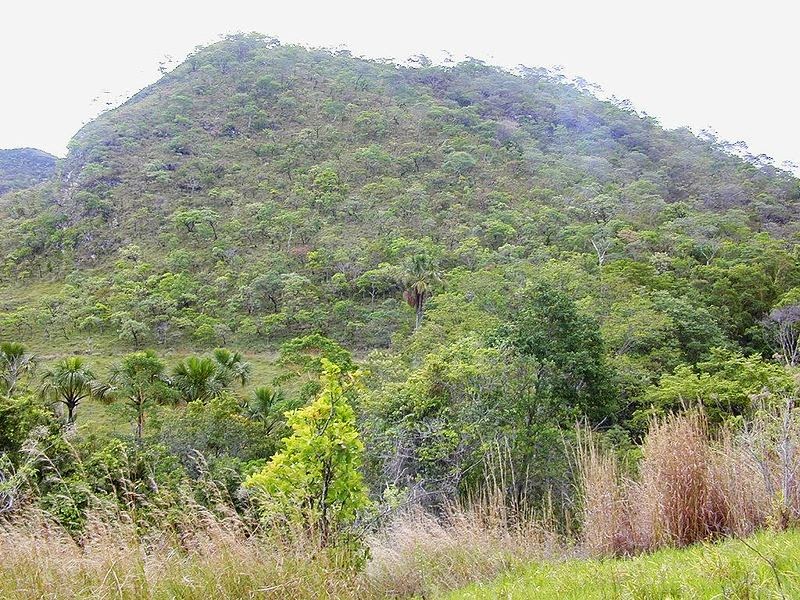Prey vs. Predator Lab
So here is my beautiful data. It is perfect, and has showed my partner and I how the prey/predator relationship works. We have learned that the relationship between the wolves and the bunnies is an inversely proportional one. Well kind of. In this relationship, the population of the wolves and population of the bunnies rise together. If there are not enough bunnies, then the population of the wolves will drop, as seen around round eight. If suddenly, the bunny population were to have become endangered, only having a few left, the wolf population would be the main one to suffer. They would have no food to feed on, and would eventually die out.


















